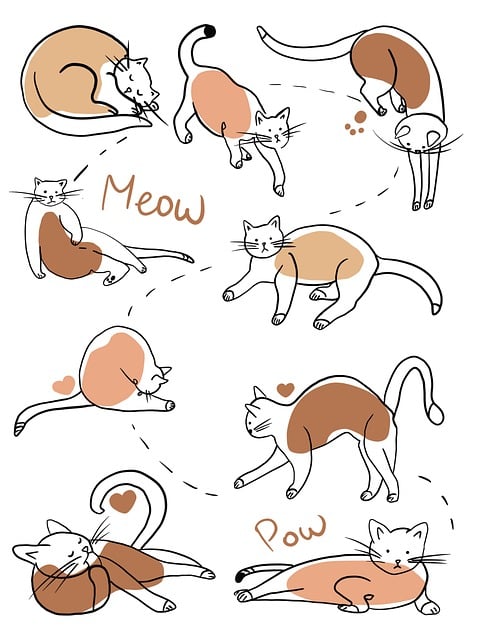
In the world of art, pencil sketching holds immense potential for self-expression and creativity. This article delves into the top 8 fundamentals of pencil sketching, unveiling the artistic possibilities that lie within each stroke.
From understanding basic shapes to mastering line and contour drawing, exploring value and shading techniques to creating depth through perspective, this guide offers a comprehensive overview.
Whether you are a beginner or an experienced artist, discover how these fundamental techniques can elevate your pencil sketches to new heights of artistic freedom.
Understanding the Importance of Basic Shapes
Understanding the importance of basic shapes is crucial for any artist looking to enhance their pencil sketching skills. Basic shapes, such as circles, squares, and triangles, form the foundation of any drawing. They serve as building blocks for more complex forms and objects. By mastering these shapes, artists gain the ability to represent a wide range of subjects accurately and effectively.
Additionally, understanding the concept of negative space is essential in creating well-balanced compositions. Negative space refers to the empty areas surrounding the main subject or objects in a drawing. By paying attention to negative space, artists can create a sense of harmony, balance, and depth in their sketches.
Using composition effectively allows artists to guide the viewer's eye and convey their intended message with clarity and impact.
Mastering Line and Contour Drawing
Lines are a fundamental element in pencil sketching, serving as the building blocks of any drawing. They can express different emotions, create movement, and define the overall composition.
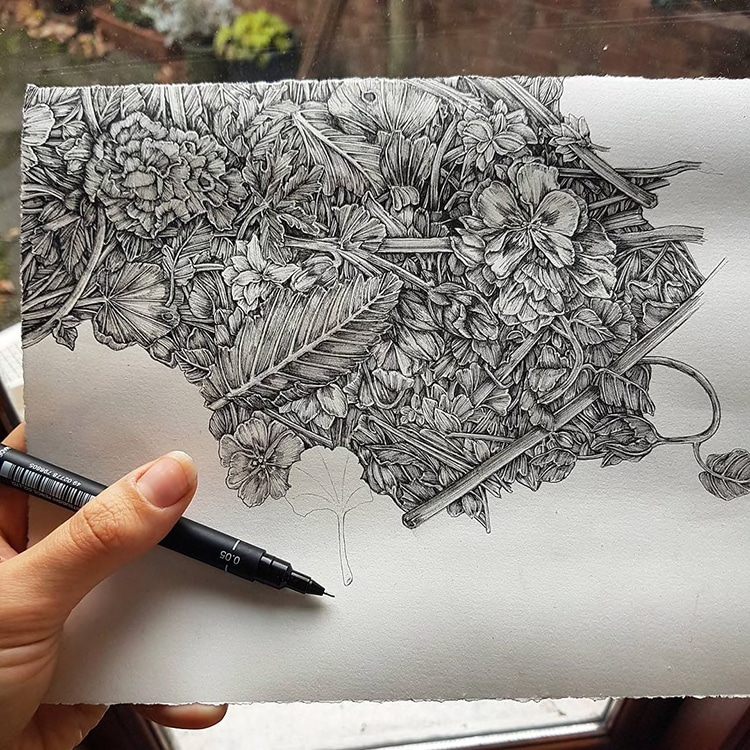
By mastering line techniques, artists can effectively depict depth and dimension in their sketches.
Contour drawing, on the other hand, involves the careful observation and representation of the outer edges of objects, helping to create a sense of realism.
Lastly, shading plays a crucial role in enhancing the three-dimensional quality of a sketch, adding depth and texture to the artwork.
Importance of Lines
As artists delve into the world of pencil sketching, it is crucial to grasp the significance of lines and how to master the techniques of line and contour drawing.
Lines are the foundation of any sketch, allowing the artist to create shape, form, and texture. They can convey movement, emotion, and depth, guiding the viewer's eye and evoking a sense of freedom.
Understanding the power of composition is essential in line drawing, as it enables the artist to effectively arrange and balance the elements within the artwork. By exploring different techniques, such as hatching, cross-hatching, and stippling, artists can create various effects and textures, adding dimension and visual interest to their sketches.
Mastering line and contour drawing opens up a world of artistic possibilities, giving artists the freedom to express their creativity with precision and impact.
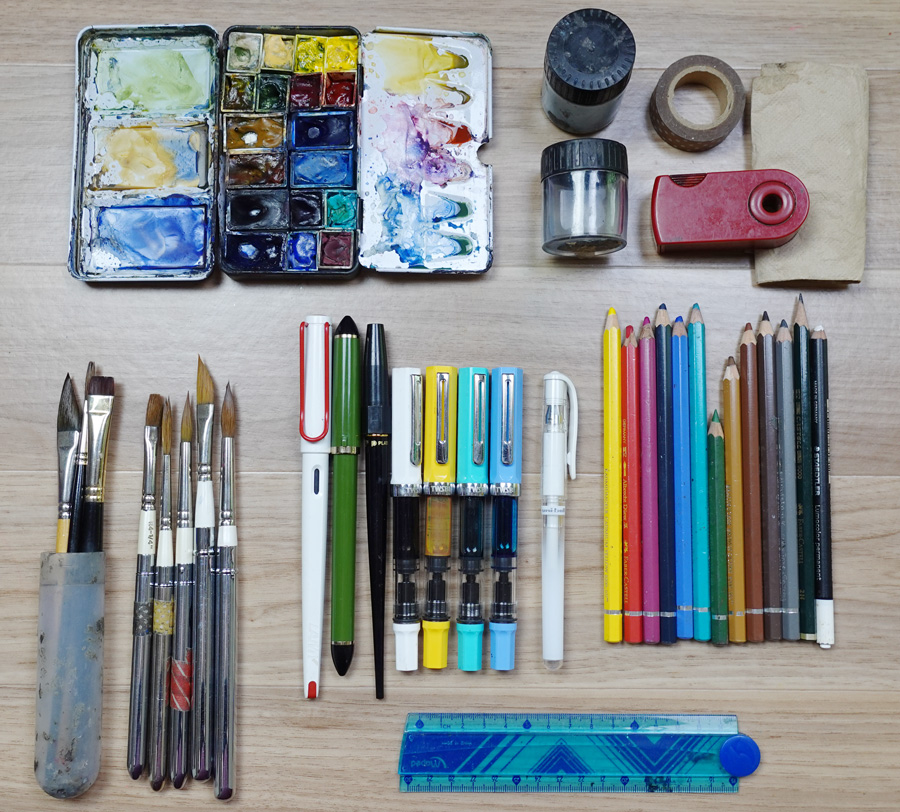
Creating Depth With Contour
To achieve a sense of depth in pencil sketching, artists can employ contour lines in conjunction with various shading techniques.
Contour lines are defined as the lines that outline the edges of an object, emphasizing its three-dimensional form. By varying the thickness and spacing of these lines, artists can create a sense of depth and volume in their drawings.
Additionally, shading techniques such as hatching and cross-hatching can be used to further enhance the illusion of depth. Hatching involves creating texture by drawing parallel lines, while cross-hatching involves layering intersecting lines.
By using negative space effectively, artists can also create depth by focusing on the areas around the subject, allowing the viewer's eye to fill in the gaps and perceive a three-dimensional space.
Mastering line and contour drawing is essential for artists seeking to push the boundaries of their artistic possibilities and create dynamic and engaging pencil sketches.
Enhancing Realism Through Shading
By utilizing various shading techniques and mastering the art of line and contour drawing, artists can significantly enhance the realism of their pencil sketches. Shading plays a crucial role in creating depth and dimension, making the drawing appear more lifelike. Here are three techniques that can help improve contrast and achieve a more realistic effect:
Cross-hatching: This involves drawing parallel lines in different directions, creating a mesh-like pattern. Varying the density and spacing of the lines can add texture and depth to the sketch.
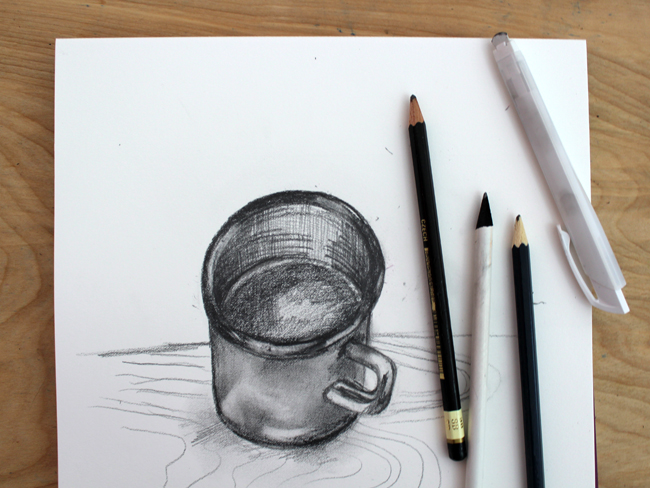
Stippling: By using small dots or dashes, artists can create shading and texture. The closer the dots, the darker the area appears. Stippling is great for adding detail and creating realistic textures like fur or foliage.
Smudging: This technique involves using a blending tool or even your finger to smudge the graphite, creating smooth transitions and gradients. It can be used to soften edges and create realistic shadows.
Mastering these shading techniques can bring your pencil sketches to life, adding a sense of realism and depth.
Exploring Value and Shading Techniques
When it comes to exploring value and shading techniques in pencil sketching, two important points to consider are cross-hatching and the importance of light source.
Cross-hatching involves the use of intersecting lines to create different shades and textures, allowing for a more realistic and three-dimensional representation of objects.
Understanding the concept of light source is crucial as it determines where the shadows and highlights fall, adding depth and dimension to the artwork.
Cross-Hatching for Shading
Cross-hatching is an essential technique in pencil sketching that allows artists to achieve realistic shading and explore the range of values in their artwork. By using a series of parallel lines that intersect with another set of parallel lines at an angle, artists can create the illusion of depth and texture.
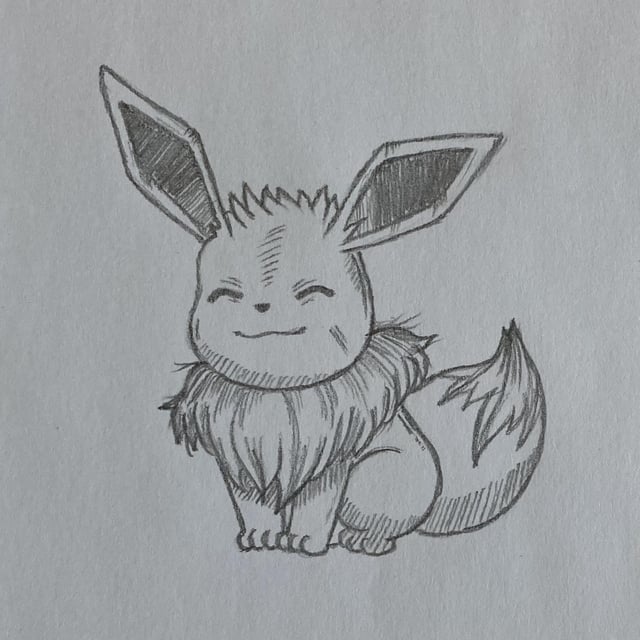
Here are three reasons why cross-hatching is a valuable tool for shading:
Versatility: Cross-hatching can be used to create a wide range of textures and tones, from smooth gradients to fine details.
Depth and Dimension: By varying the spacing and thickness of the lines, artists can add depth and dimension to their drawings.
Cross Contour Drawing: Cross-hatching can be combined with cross contour drawing, where lines follow the contours of the subject, to enhance the three-dimensional quality of the artwork.
Mastering the hatching techniques of cross-hatching opens up a world of possibilities for artists, allowing them to create stunning and realistic shading effects in their pencil sketches.
Importance of Light Source
Understanding the importance of the light source in pencil sketching can greatly enhance an artist's ability to explore value and shading techniques. The light source is a crucial element in creating shadows and determining the overall value of a sketch. By comprehending how light interacts with objects, artists can effectively capture the three-dimensional form and create a realistic depiction.
Shadows in a sketch are not simply dark areas; they play an essential role in conveying depth and adding visual interest to a drawing. By understanding how to manipulate shadows, artists can bring their sketches to life, adding depth and dimension to their compositions.
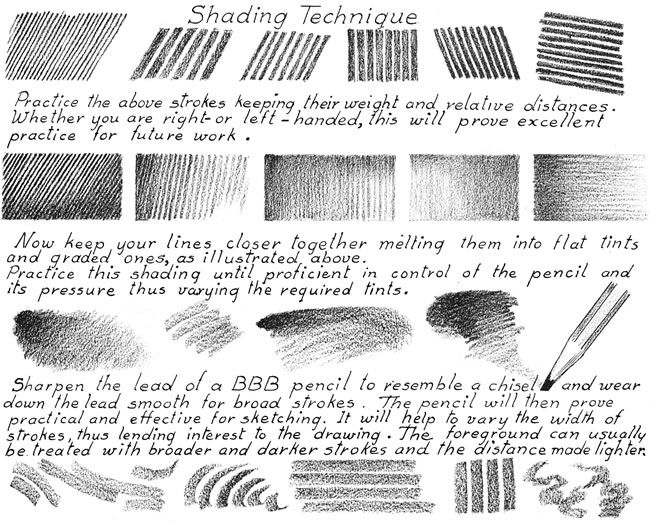
Experimenting with different lighting techniques, such as direct light, diffused light, or backlit subjects, allows artists to create various effects and moods in their sketches. This experimentation gives artists the freedom to explore different ways of using light and shadows to enhance their artwork.
By mastering the manipulation of light and shadows, artists can create more dynamic and realistic sketches. They can effectively convey the form and volume of objects and bring a sense of depth to their compositions.
Creating Depth and Dimension With Perspective
The incorporation of perspective in pencil sketching allows artists to create a sense of depth and dimension in their artwork. By exploring vanishing points, artists can accurately depict objects receding into the distance, giving the illusion of space. This technique provides a realistic representation of three-dimensional objects on a two-dimensional surface.
Additionally, using atmospheric perspective can enhance the sense of depth in a sketch. By gradually lightening and desaturating colors as they move into the background, artists can create the illusion of distance and depth. This technique mimics the way objects appear less distinct and vibrant as they move further away.
Incorporating perspective in pencil sketching opens up a world of artistic possibilities, allowing artists to create dynamic and lifelike compositions.
Perfecting Proportions and Anatomy
To achieve accurate and lifelike pencil sketches, artists must master the skill of capturing proportions and anatomy by studying human form and utilizing proper techniques. Proportion techniques play a crucial role in creating realistic and balanced drawings. Artists need to understand the relationship between different body parts and how they interact with each other. This can be achieved through careful observation and practice.
Anatomical accuracy is another important aspect of pencil sketching. Artists must have a solid understanding of human anatomy to accurately portray the structure and form of the human body. This involves studying the skeletal system, muscles, and other anatomical features. By understanding how the body is structured, artists can accurately depict the movement, posture, and gestures of their subjects.

Capturing Light and Shadow in Your Sketches
With careful observation and deliberate technique, pencil sketch artists can effectively capture the interplay of light and shadow in their artwork. This skill allows them to bring depth and dimension to their sketches, creating a realistic and captivating piece. Here are some key techniques to consider when capturing light and shadow in your sketches:
- Understanding light sources and how they affect objects in your composition.
- Using shading techniques to create the illusion of form and volume.
- Paying attention to the direction and intensity of light to accurately depict highlights and shadows.
To enhance your sketches even further, consider capturing texture and detail by:
- Experimenting with different pencil strokes to create various textures, such as hatching, cross-hatching, and stippling.
- Observing and replicating the intricate details of the subject, whether it's the texture of a tree bark or the wrinkles on a face.
Additionally, using negative space creatively can add interest and balance to your sketches:
- Utilizing the space around your subject to enhance the composition and create a sense of harmony.
- Using negative space to create contrast and emphasize the main subject.
Experimenting With Different Textures and Mark-Making
By exploring various techniques of mark-making and delving into the realm of different textures, pencil sketch artists can expand their artistic repertoire and create visually captivating and dynamic artworks.
Experimenting with different materials allows artists to explore the limitless possibilities of texture and contrast in their sketches. Texture refers to the surface quality of an artwork, while contrast emphasizes the differences between light and dark areas or elements.
Pencil sketch artists can experiment with different materials such as charcoal, graphite, or even unconventional tools like sandpaper or fabric to create unique textures in their drawings. By varying the pressure and stroke of their pencil, artists can also create different mark-making effects, adding depth and interest to their work.
Exploring texture and contrast not only adds visual appeal to sketches but also allows artists to convey different moods and emotions, providing a sense of freedom and creativity in their artistic process.
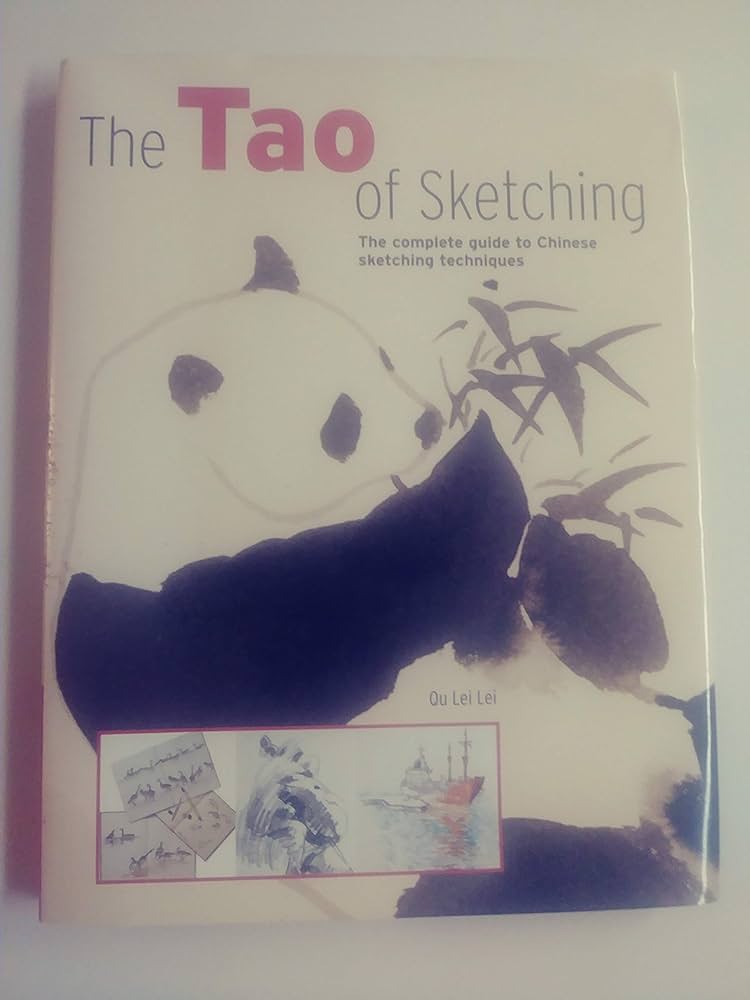
Developing Your Own Unique Style and Expression
Every artist has the opportunity to cultivate their own unique style and expression, allowing them to stand out in the world of pencil sketching. Developing your own style is an essential part of the artistic journey, as it not only showcases your individuality but also enables you to convey your emotions and perspectives through your sketches.
To develop your own unique style and expression, consider the following:
Finding inspiration in everyday objects: Look around you and draw inspiration from the beauty in ordinary things. Whether it's a simple flower or a mundane household item, these objects can spark creativity and help you develop your own visual language.
Incorporating emotions into your sketches: Infuse your drawings with emotions by focusing on the mood and atmosphere you want to convey. Experiment with different techniques, such as shading, line weight, and composition, to bring out the desired emotions in your sketches.
Frequently Asked Questions
How Long Does It Take to Become Proficient in Pencil Sketching?
The learning curve for becoming proficient in pencil sketching varies depending on individual dedication and practice. Essential tools for pencil sketching include a range of graphite pencils, such as HB, 2B, and 4B, to achieve different levels of shading and detail.
Are There Any Specific Types of Pencils That Are Recommended for Pencil Sketching?
When it comes to pencil sketching, there are several types of pencils that are recommended for optimal results. Different pencil types, such as graphite pencils and charcoal pencils, offer various degrees of shading techniques, allowing artists to achieve the desired artistic effects in their sketches.
Can Pencil Sketches Be Done on Any Type of Paper?
When it comes to pencil sketching, the choice of paper is crucial. Different paper textures can greatly affect the final result of a sketch. Experimenting with various types of paper allows artists to explore the artistic possibilities and find their preferred medium.
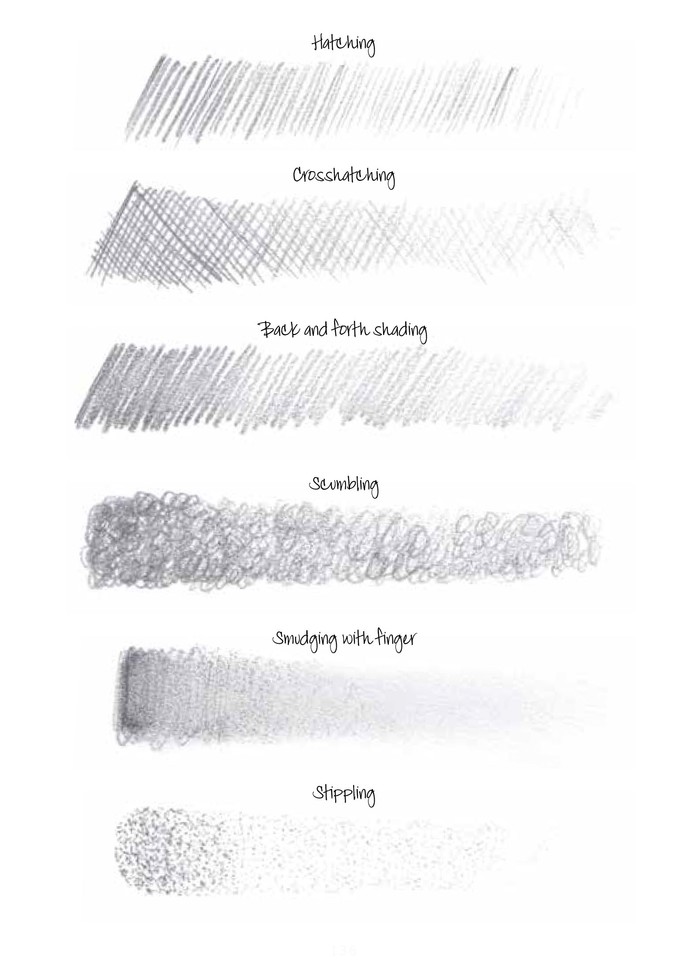
How Can I Prevent Smudging While Working on a Pencil Sketch?
To prevent smudging while working on a pencil sketch, there are several techniques that can be employed. These include using a fixative spray, working from top to bottom, using a protective sheet, and using your hand as a guard.
Are There Any Recommended Exercises or Drills to Improve Pencil Sketching Skills?
Recommended exercises for beginners include practicing basic shapes, shading techniques, and perspective drawing. Advanced techniques for pencil sketching involve experimenting with different textures, mastering light and shadow, and exploring various styles and subjects.
 Writing TipsCreative WritingJournalingSketching TechniquesBuying GuidesPrivacy PolicyTerms And Conditions
Writing TipsCreative WritingJournalingSketching TechniquesBuying GuidesPrivacy PolicyTerms And Conditions
